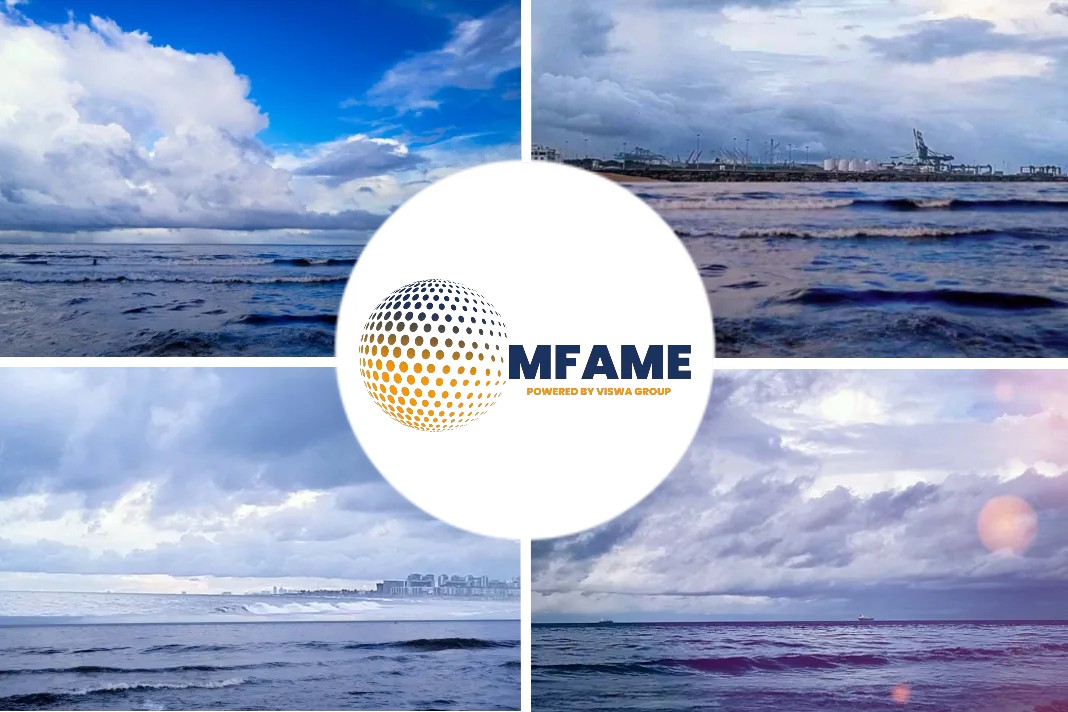 Thousands of cargo ships cross the oceans every single day, carrying everything from cars and clothing to plastic pellets and garden gnomes while their giant engines pump greenhouse gases into the air.
Thousands of cargo ships cross the oceans every single day, carrying everything from cars and clothing to plastic pellets and garden gnomes while their giant engines pump greenhouse gases into the air.
The shipping industry plays a starring role in global trade, and as its emissions continue to swell, regulators are starting to consider an ambitious yet contentious idea: making shipping companies pay for their pollution, says an article published on grist website.
Making polluters pay
The main proposal on the IMO’s October agenda comes from the Marshall Islands and Solomon Islands — two countries especially vulnerable to rising sea levels and severe drought brought on by climate change.
The Pacific island nations have proposed requiring shipping companies to pay $100 for every metric ton of carbon dioxide equivalent they emit, starting in 2025. The price would then ratchet up every five years, making it increasingly expensive to use dirty diesel fuels and cheaper to use cleaner options, such as ammonia, hydrogen fuel cells, next-generation sails, and shoreside charging infrastructure where ships can plug in.
The proposal would use the money raised to help countries most vulnerable to climate change adapt and decarbonize. It would also help shipping companies shift from dirty fossil fuels and develop and deploy emerging (and expensive) alternatives.
IMO’s climate strategy calls
The IMO’s climate strategy calls for reducing the carbon intensity of international shipping by at least 40 percent by 2030, compared to 2008 levels. (Carbon intensity is a measure of a ship’s CO2 emissions, linked to the amount of cargo carried over a voyage.) The U.N. agency also wants to cut the industry’s total annual emissions in half by 2050.
At a June meeting held over videoconference, IMO members adopted short-term measures that require existing ships to meet energy-efficiency standards, as well as improve their carbon intensity by 2 percent every year between 2023 and 2026. Environmental groups and other critics said the policies fell well short of what’s needed to meet the organization’s own ambitions — let alone limit warming to 1.5 degrees Celsius over pre-industrial times.
Trafigura, a global commodities trader, is pushing for a levy between $250 to $300 for every metric ton of carbon emitted — the amount researchers say is needed to overhaul the way ships operate. Maersk, the world’s largest container shipping line, has called for a $150 carbon tax. “Fossil fuels cannot keep being cheaper than green fuels,” said Søren Skou, Maersk’s CEO, in a LinkedIn post last month. An industry-led initiative aims for a $2 tax on every metric ton of marine fuel.
Under pressure
The brewing carbon price debate comes as the regulator is facing growing public scrutiny.
In early June, days before IMO negotiators convened, the New York Times published an investigation that found the U.N. agency has “repeatedly delayed and watered down climate regulations” at the behest of companies and industry groups. And a new documentary by European journalists, called “Black Trail,” accuses the shipping industry of “polluting with impunity.”
European Union officials, frustrated by the IMO’s slow pace, are moving to include cargo ships in Europe’s Emissions Trading System starting next year. The cap-and-trade scheme already limits emissions from power plants, manufacturing facilities, and airlines. Shipping represents a significant share — about 13 percent— of the EU’s total emissions from transportation.
Meanwhile, in the United States, the Biden administration said it will push the IMO to strengthen its goals, from cutting emissions in half by 2050 to zeroing them out entirely. “If the IMO wants to remain relevant, it’s going to have to step up,” O’Leary said.
Summary
- The shipping industry plays a starring role in global trade, and as its emissions continue to swell, regulators are starting to consider an ambitious yet contentious idea: making shipping companies pay for their pollution.
- The main proposal on the IMO’s October agenda comes from the Marshall Islands and Solomon Islands.
- The Pacific island nations have proposed requiring shipping companies to pay $100 for every metric ton of carbon dioxide equivalent they emit, starting in 2025.
- The IMO’s climate strategy calls for reducing the carbon intensity of international shipping by at least 40 percent by 2030, compared to 2008 levels.
Did you subscribe to our daily newsletter?
It’s Free! Click here to Subscribe!
Source: grist.org






















